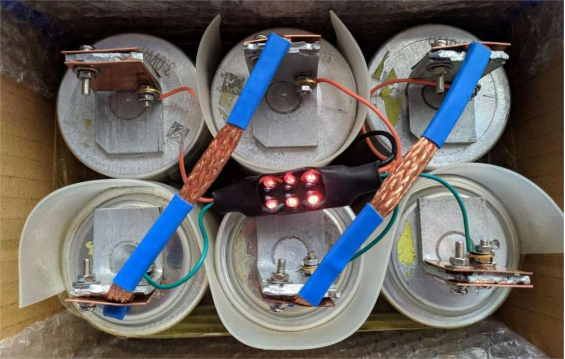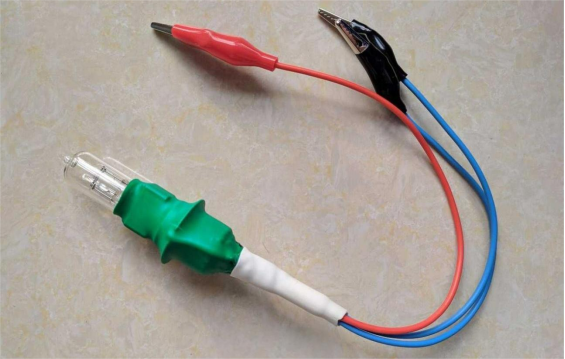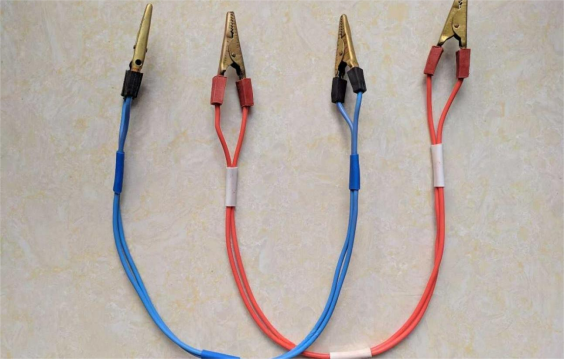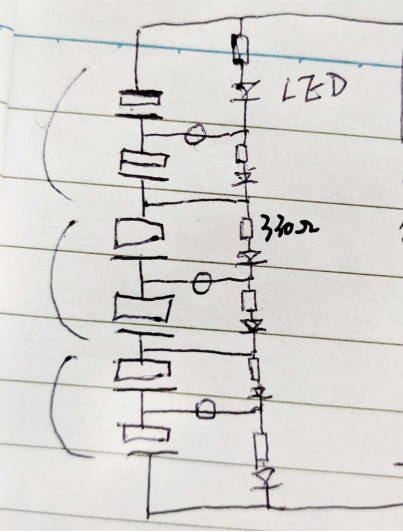
If you're interested in DIY supercapacitor experimental power supplies, you might want to check out this article.
If you have six supercapacitors made by Maxwell, even second-hand ones will do, each weighing about 500 grams, you can use them to make a simple yet powerful experimental power supply. It can replace a homemade car starter pack and also handle some high-current experiments.
After being assembled and tested, it can independently start a car at 11V without a battery, and it can easily burn through a 1 mm² wire in 2 seconds. Since there's no big ammeter, the current is estimated to be around 80A, and the results are excellent.
Here's a summary:
1. When choosing capacitors, make sure to pick ones in good condition. Maxwell products are solid quality, and even used ones are still reliable.
2. You’ll need to pre-drill holes in the aluminum plates that come with the capacitors, use 10 mm² braided copper wire for connections, and 1 mm thick copper plates as terminals to ensure a solid connection. In actual tests, at 10A the voltage drop on the wires is only 4 mV, which means at 100A it's just 40 mV—a very ideal result. During assembly, be extremely careful not to damage the aluminum plates that come with the capacitors; otherwise, the capacitor will be ruined.
3. You'll need to make a power monitoring indicator using a red LED. It serves two purposes: first, it lets you easily check the status of each capacitor—if the LED lights up, it means the total voltage is above 1.5×6=9V, which is very convenient. Second, it allows for simple voltage balancing. Over time, capacitors in series may become unbalanced, and this indicator can slowly discharge voltage above 1.5V until the LED turns off, bringing the capacitors back into basic voltage balance. Make sure to select LEDs with similar forward voltage. Wrap the indicator in heat shrink tubing and leave a small window on the LED side. A single capacitor loses about 10 mV over 24 hours; the lower the voltage, the smaller the leakage current, which is fine.
4. Arrange the capacitors with all the positive terminals on one side. This makes switching between series and parallel easy and keeps the two 12V terminals with the highest voltage difference far apart for better safety. Use silicone pads to separate the capacitors. Silicone pads are insulating, heat-resistant, and shock-absorbing, providing long-term stability without performance degradation.




Supercapacitors operate in temperatures from -40°C to 70°C. It’s fine to discharge them to 0V, just avoid overvoltage. At very low voltages, charging current must be limited because it can be extremely high. You can even put a light bulb in series, and once the voltage rises, you can connect directly.
The End




